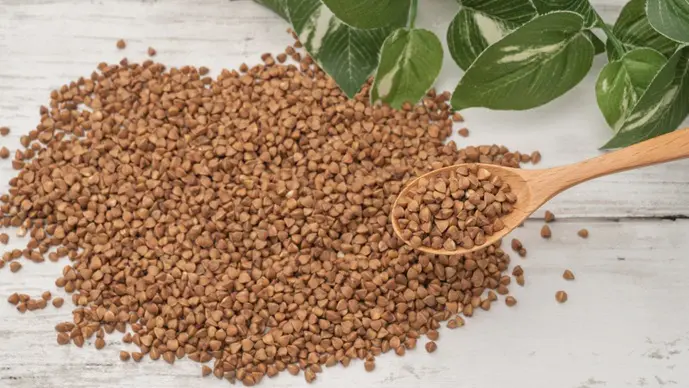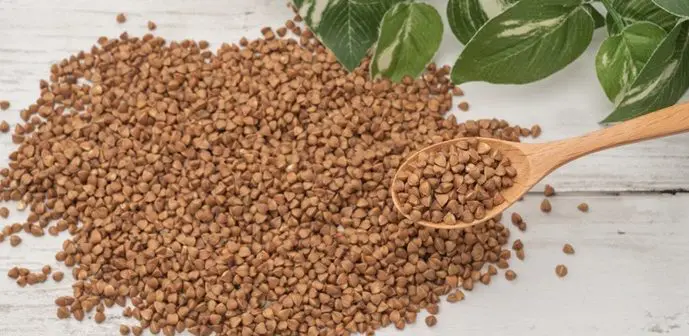
Written by staff writer.
Humans have practised organised agriculture for around 12,000 years, learning how to grow the right crops and, in turn, providing food security and allowing population growth. Now, Australian research organisations are working to replicate that recipe on the Moon and Mars, reducing the reliance on supply shuttles for inhabitants of future non-terrestrial settlements.
Speaking at the recent South by Southwest event in Sydney, head of the Australian Space Agency (ASA) Enrico Palermo said while the first people living at the base camp will rely on food transported in from Earth, there is a lot of interesting research going on to work out how to grow plants in space, including at the Australian Research Council’s Centre of Excellence in Plants for Space.
“They’re collecting (and working on) buckwheat,” Palermo said. “They’re working out how you can synthesise protein for food and medicines and plastics, and that’s all about solving how we get to the Moon and Mars sustainably because we cannot continually just take the food up,” Palmero said.
Buckwheat is a gluten-free seed and a good source of protein, fibre, and complex carbohydrates. Native to Southwest Asia and now primarily grown in Russia and China, the oldest buckwheat fields date back to about 2,600 BC.
Palermo says buckwheat is a remarkable product that has provided humans with food security for multiple millennia. He says agencies like the ASA and NASA are exploring how to replicate that on the Moon, where resources such as water and oxygen are scarce. While the ASA boss says it’s still early days, many lessons were learnt from the Apollo missions and now from the International Space Station. “I think science needs to look at how we can build off this work and take plants to space,” he said.
Later stages of NASA’s Artemis project include establishing a permanent settlement on the Moon. But fundamental challenges, such as food security, water supply, and health and medical solutions, still need to be ironed out.
With an AUD35 million budget over seven years, the University of Adelaide-administered Centre of Excellence is developing on-demand, zero-waste, high-efficiency plants and plant products. Nearly 40 organisations are participating in the work, including the University of California, NASA, and public and private sector entities from around the globe.
“Significant advances in plant, food, and sensory science; process and systems engineering; law and policy; and psychology are expected to deliver transformative solutions for Space habitation,” the centre says, adding that if they can nail the lunar food security challenge, there is considerable scope for Australia to become global leader in research supporting space habitation.
To date, NASA has done some experimental work at the Johnson Space Center with their Mars surface simulation habitat, sending people in for a year with enough food to survive. They can also grow certain things. But NASA admits this is an experiment safely run on Earth, and there is a big difference between a controlled simulation and being on the Moon or Mars for an extended period.
Palermo said that besides the food studies underway at the Centre of Excellence in Plants for Space, there was a lot of ongoing Artemis-related research at Australian research institutions. He calls it “Australian ingenuity” and says it will help build a long-term human presence in space.





